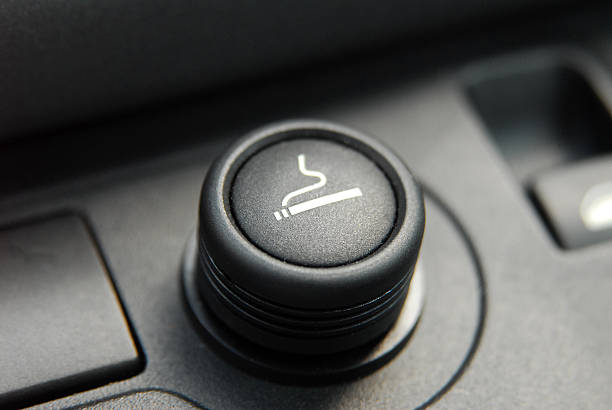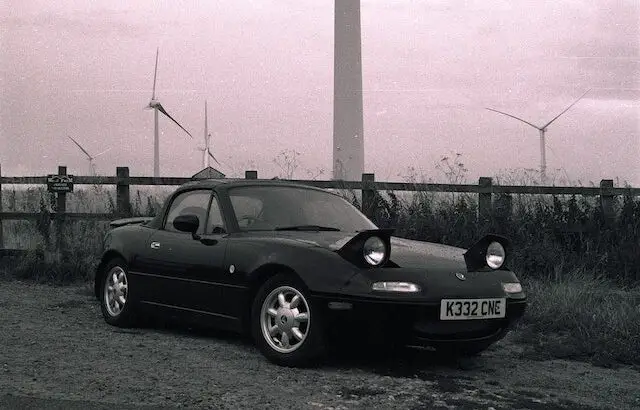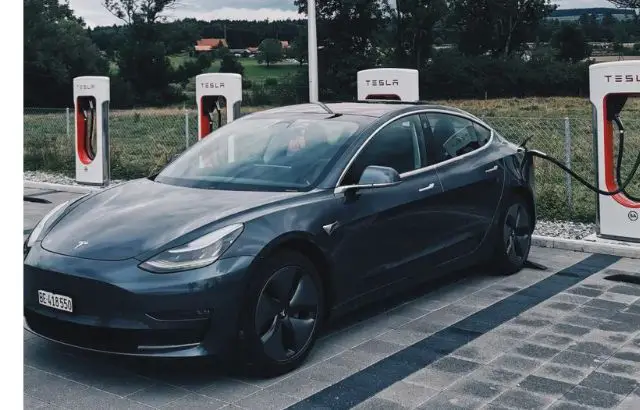
Over the years, Tesla’s reputation has drastically changed, but one thing has stayed the same. They are in charge of managing product flow. And this is even though each automobile has unique characteristics that some experienced drivers find confusing. There are numerous elements of EV charging that are puzzling to new EV owners. For instance, many novice drivers often ponder, “Why tap the Tesla charger?” Does a Tesla charger port need to be tapped before being plugged into such a sophisticated vehicle? Come along as we highlight this below.
What is the principle of the Tesla charger?
Before looking at the main reason why drivers tap the Tesla charger, it’s best to understand how the Tesla charger works. You plug devices into outlets to charge them daily, including your tablet, computer, and mobile phone. Charging an EV is comparable to that. The battery must be charged for an electric vehicle’s motor to operate. Large battery cells that store DC energy power Teslas.
DC power is provided via high-speed chargers, only in public areas and not in residences. DC travels straight from the charging station into the cell, the quickest and most straightforward way to charge a battery.
When recharging a Tesla at home, though, things are a little different. You only have access to AC electricity at home, like in most other locations. Because of this, every EV has a pro onboard charger that transforms the AC electricity it receives into DC power. This allows for the battery to hold the energy. The charging procedure takes a little longer because of the AC to DC power transmission.
How quickly an EV charges also depend on the onboard charger’s capacity. Except for the Model 3 Rear-Wheel Drive RWD, all Teslas in 2022 have an 11.5 kW onboard charger. It has a 7.7 kW onboard charger. Compared to other Teslas, the Model 3 RWD will receive AC electrical charging at a slower pace.
Why tap the Tesla charger?
A Portable Connector charger is a standard feature on all brand-new Tesla vehicles. An additional 20-foot cable plug into domestic outlets with a 110-volt Nema 5-15 converter is also included. Despite this, some tesla owners still tap the charger before use.
Applying pressure on the charging door or tapping the charger will open the lid if you have the key nearby and/or the vehicle is not locked. If not, it will be essential to tap the charger or the rear of a Tesla with a charging connector.
Many individuals mistakenly think that touching the charger on the back tail light would improve connection or charging speed. The idea that doing this would assist in “aligning electrons” or eliminating static electricity seems to be a hoax. Alternatively, clearing anything preventing the recharging pins from contacting can be easier.
There is no need to tap the charging connector against the automobile unless very exceptional situations exist when anything interferes with the charging link (ice, dirt, random item).
Tapping the tesla charger to open the charging port is not recommended. Thus, we have highlighted some ways to open the charging port below.
How to Open the Tesla Charging Port
Instead of tapping the tesla charger, you can open it in the following ways;
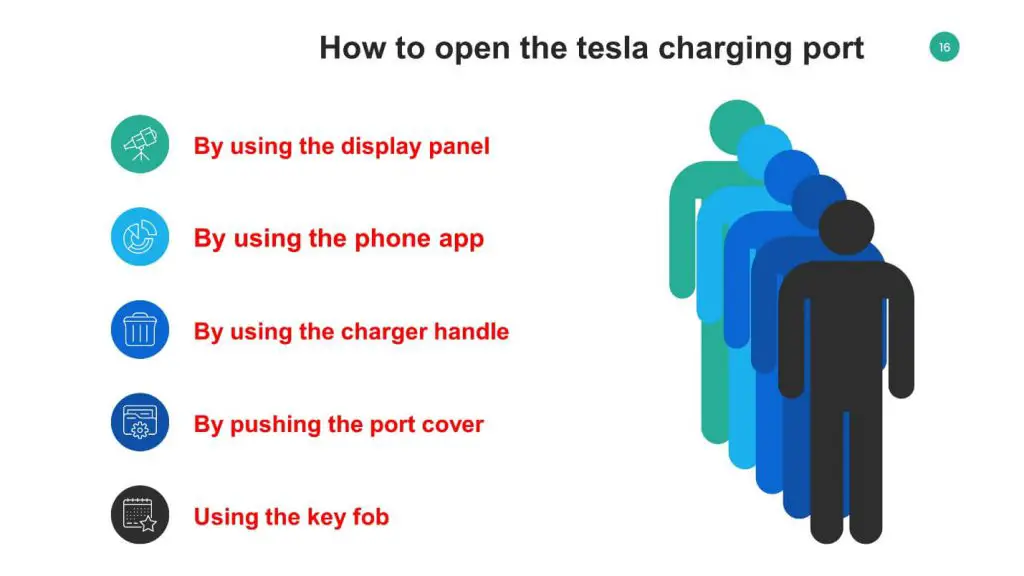
By using the display panel
You can open the Tesla charging port through the display panel. To do this, click on the charging icon displayed in the picture, and the charging port will open up. To close it, click on the charging icon again.

By using the phone app

The second way to open the Tesla charging port is to use the phone app. Once you click the charging icon on the phone app, it will open up automatically.
By using the charger handle

Instead of tapping the tesla charger to open the charging port, you can use the charger handle. To do this, press the charger handle until the port opens up.
By pushing the port cover

You can open your Tesla charging port by pushing the charging cover. This is quite easier when compared to tapping the charger.
Using the key fob

Another great way to open the Tesla charging port is using the key fob. To open or close the port, press the appropriate button as shown in the image above.
Frequently Asked Questions
Why tap the Tesla charger?
Many Tesla owners often tap the charger to make a joke or signal the vehicle when to open the charging outlet.
Can a Tesla be plugged into a standard outlet?
Yes. Using the NEMA connections that come with your Tesla, you may connect a Tesla to standard 110 Volt and 240 Volt outlets. The NEMA 14-50 adapter is standard, while the NEMA 5-15 adapter for greater voltage is optional. The charging rate for 110 Volt, Level 1, and 240 Volt, Level 2 will be 3 mph and 30 mph, respectively.
If you can recharge all day long and don’t travel far distances every day, the 110 Volt Tier 1 outlets would be great. Your mobile connector’s maximum current is 12 Amps in this scenario.
Use the network of superchargers if you must make lengthy journeys. Tesla has considered every possibility! Otherwise, level 2 chargers that operate at 240 volts are a decent alternative and have a 32-amp maximum. Avoid overloading the circuit breaker at all times.
Can a Tesla Use Non-Tesla Charger?
Yes. Non-Tesla chargers work with all Tesla models. A CHAdeMO adaptor is necessary when utilizing charging stations like EVgo. Up to 50kW of charging speed is supported by this. Other charging stations have charging rates as high as 150kW.
You may pay for the charge by utilizing the app connected to the particular non-Tesla charger. Make sure there is always money in the system. While a few non-Tesla chargers could be free, most at the very least ask you to install their app. Most non-Tesla chargers also support contactless payment.
Do I Need a Permit to Install a Tesla Charger?
There is no license required to own or operate a Tesla Mobile Connector. Direct plugging onto a power outlet is possible. There is furthermore no need for a license to possess while using a Tesla wall charger. Tesla recommends working with a reputable electrician to install. Inspection of the installation is a must. Most of the time, the regulations and permit requirements are set by your town.
Conclusion
In conclusion, Teslas are an excellent car choice today. And for those who are curious to know why Tesla owners usually take the chargers, the tips above will aid them immensely.
Personal Opinion
The Tesla charger is one of your options for maintaining the functionality of your Tesla. The Tesla Wall Connector was completely redesigned in its third version, which was released in 2020. Yes, the redesigned wall charger is distinct and quite stunning, but there have been big changes.
One of the simplest ways to get your vehicle charged and ready to go each morning is to use a Tesla charger. On the other hand, there has been a myth about why tesla owners usually tap the charger. But with the tips above, this has been adequately handled.
References
- https://www.quora.com/Why-do-Tesla-owners-tap-the-car-before-charging
- https://chargepointamerica.com/why-do-people-tap-their-tesla/
- https://getjerry.com/questions/why-do-tesla-owners-tap-the-tail-lights-on-their-cars
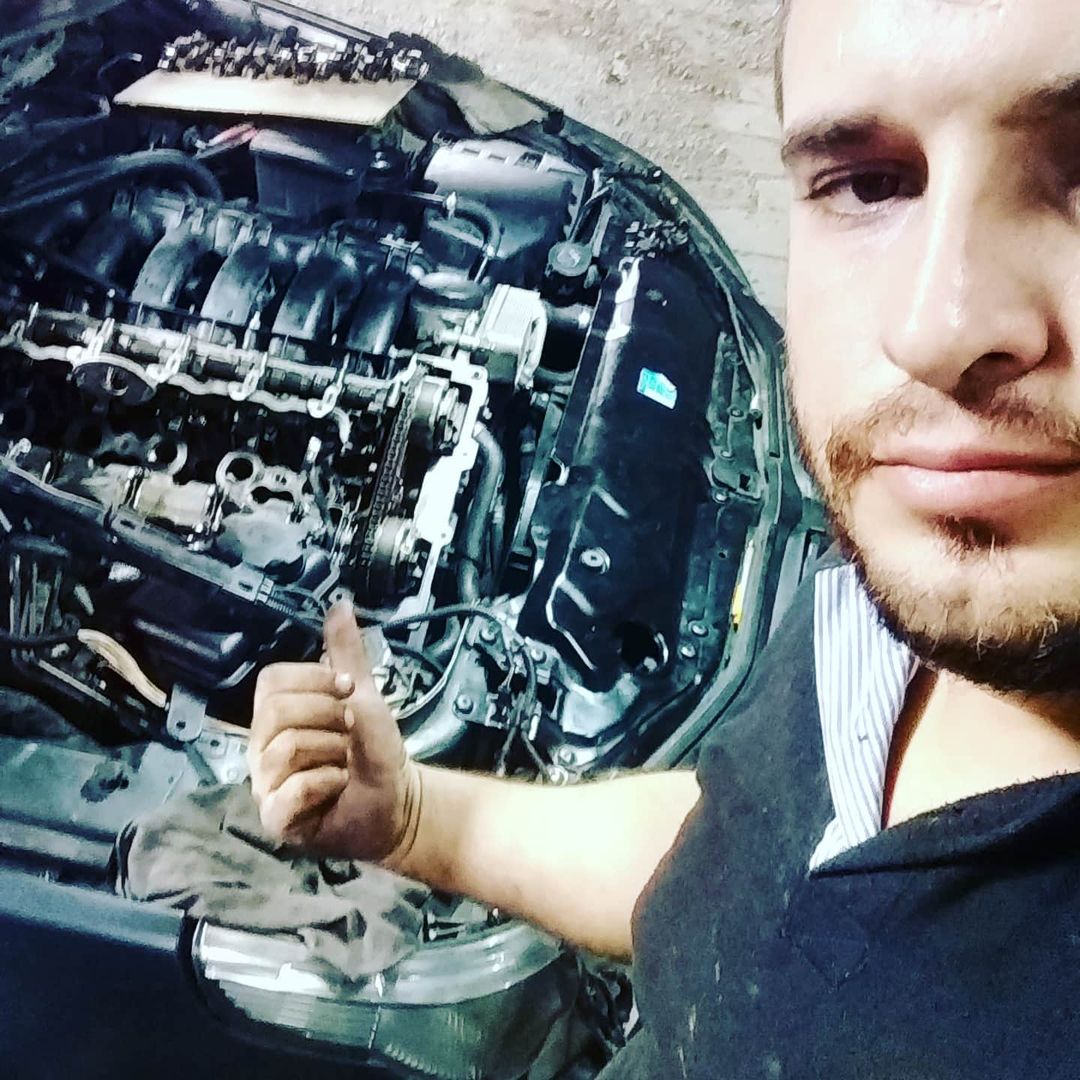
I am an Automotive specialist. I graduated from Michigan with Bachelor in Automotive Engineering and Management. Also, I hold degrees in Electrical and Automation Engineering (BEng), Automatic and Industrial Electronic Engineering, and Automotive Technology. I have worked at General Motors Company for over five years as the Marketing Operations Production Coordinator. Now, I own my garage in Miami, Florida. I love cars and love to share everything about them with my readers. I am the founder of the Automotiveex blog, where I share everything about automotive, like car news, car mechanical issues, and anything else that comes up in my blog posts.






